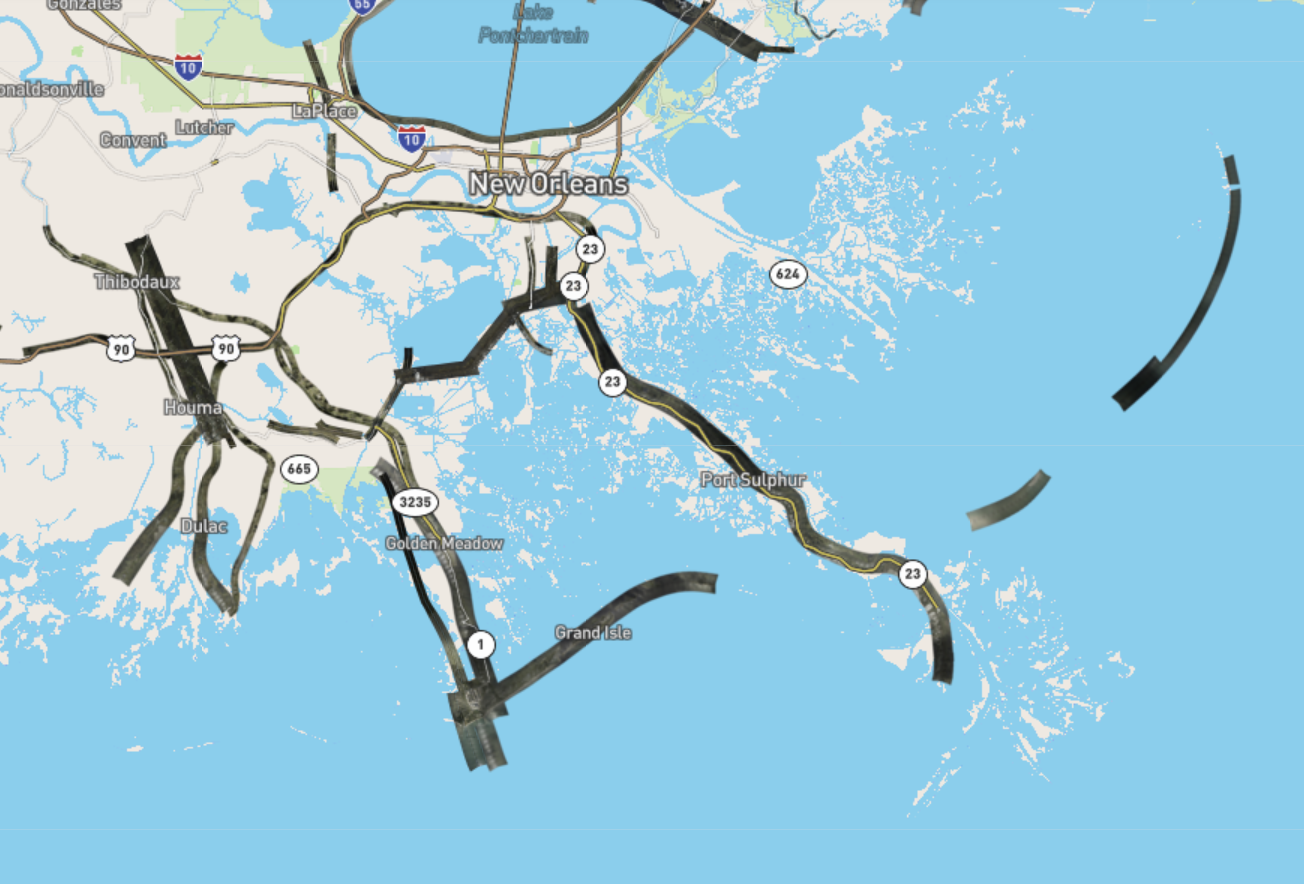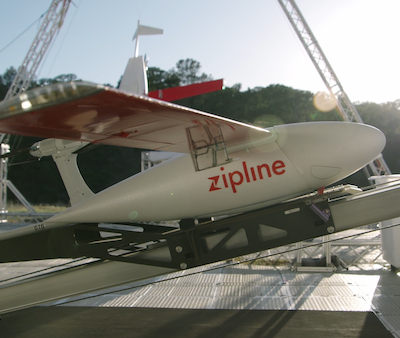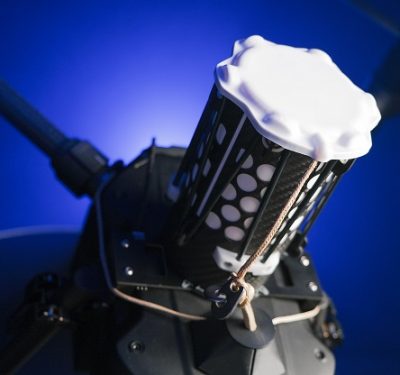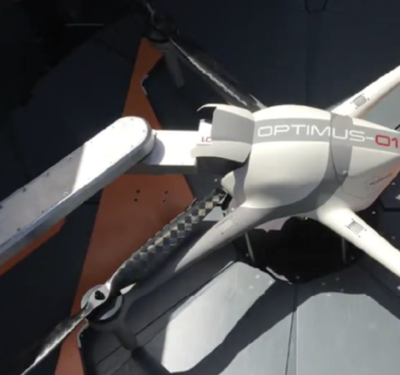Applanix and the National Oceanic and Atmospheric Administration (NOAA) recently collaborated to provide critical information to first responders in the wake of Hurricanes Henri and Ida. Applanix’s high-accuracy direct georeferencing (DG) technology enabled NOAA to quickly collect aerial mapping imagery to provide valuable disaster remediation information to first responders.

Hurricane Ida imagery available from NOAA websites. Courtesy NOAA.
Within hours of Hurricanes Henri and Ida making landfall, NOAA’s National Geodetic Survey collected post-storm imagery using the latest generation Digital Sensor System (DSS). The sixth-generation DSS, designed and manufactured for Applanix by Lead’Air, introduces several new features:
- Simultaneous full-color and near-infrared image capture using high-performance Phase One iXM 100 MP NIR and 150 MP RGB cameras,
- Option to fly the cameras in wide-coverage oblique or traditional overhead (straight line down) mode for mapping with uninterrupted measurement,
- Embedded Trimble AP60 GNSS-inertial OEM DG solution for mapping without the need for ground control or aerial triangulation,
- Applanix POSPac post-processing software featuring the Trimble post-processed CenterPoint® RTX correction service (PP-RTX) for centimeter-level mapping without GNSS reference stations,
- In-air development of raw imagery to JPEG-ready files for creating map products immediately upon landing, and
- Lead’Air’s innovative X-Track flight management, which enables the system to be flown outside of planned flight lines to follow roads, rivers and coastlines.

Applanix direct georeferencing concept. Courtesy Applanix
Applanix’s DG technology suite provides direct GNSS inertial georeferencing, meaning that all pixels in the aerial images taken by NOAA are mapped at their exact location on the ground. In the case of Hurricanes Henri and Ida, this demonstrated the value of cutting-edge mapping technology in preparing for and responding to emergency situations such as hurricanes, tornadoes and other disasters.
“We have worked with Applanix for nearly 20 years,” said Michael L. Aslaksen Jr., chief, remote sensing division, NOAA’s National Geodetic Survey. “The level of sophistication they bring to aerial imagery and mapping keeps our team at the forefront of the industry. Their customer support team is always open to new ideas, new innovations and doing whatever it takes to get the job done.”
First responders have access to this imagery and mapping within 24 hours via the cloud (as does anyone) and can map detailed response plans based on highly accurate data highlighting where the greatest need lies. Access to this turnkey emergency response imagery is available to any federal agency, municipality, insurance companies and other entities who depend on highly accurate information to plan for and recover from disasters.
The National Oceanic and Atmospheric Administration (NOAA) is an American scientific and regulatory agency within the United States Department of Commerce that forecasts weather, monitors oceanic and atmospheric conditions, among other activities
Lead’Air Inc. is a Florida corporation that develops, designs, manufactures and sells high performance aerial survey equipment and flight management solutions tailor-made to the specific needs of its aerial survey industry clients.
Applanix is a Trimble Company thatdevelops, manufactures, sells and supports products and solutions for mobile mapping and positioning.






